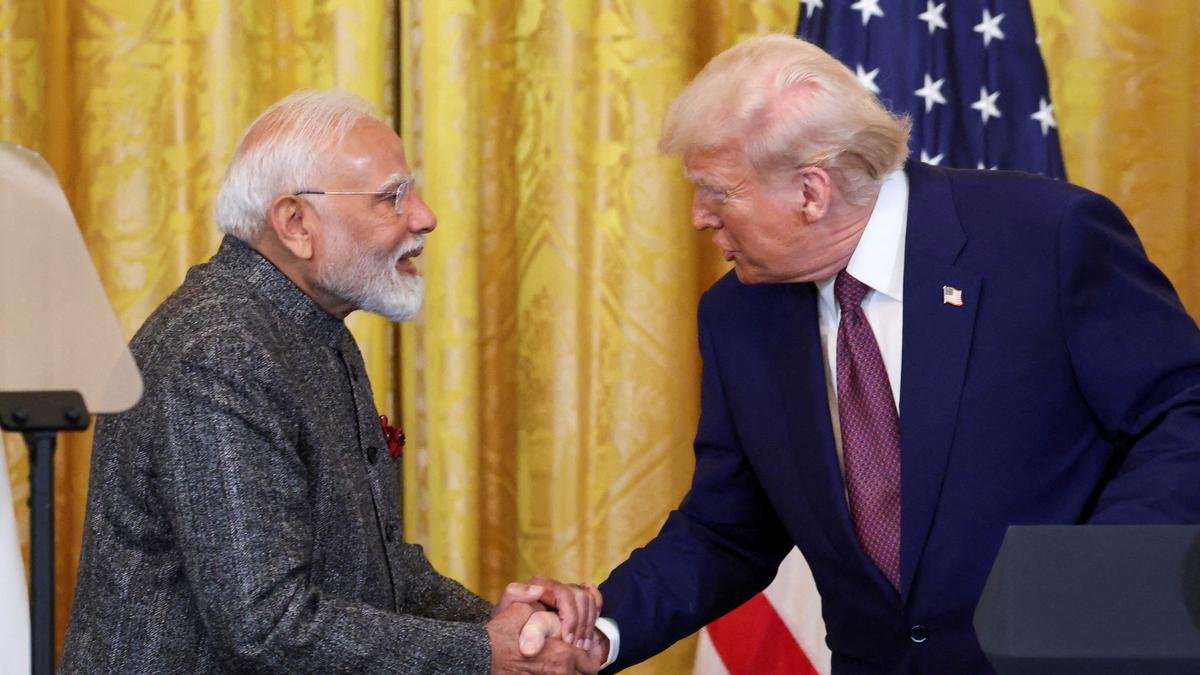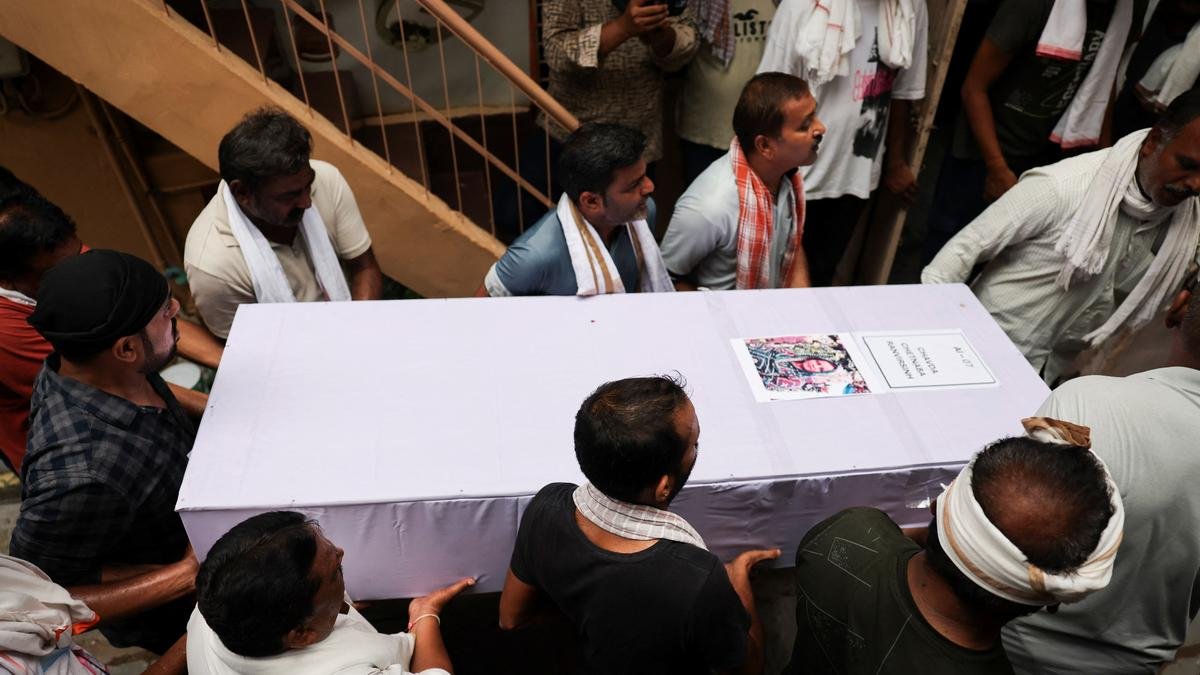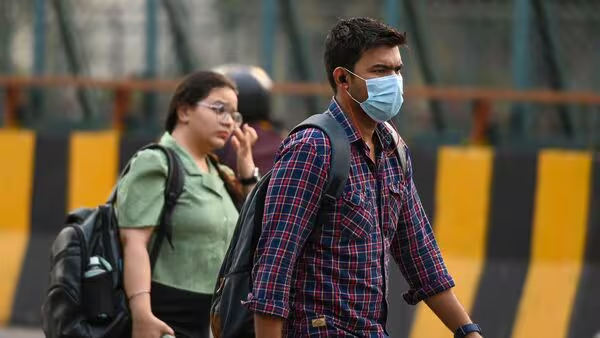India–US Tariff Deal
India and the United States are intensifying efforts toward a tariff-reduction trade deal, aiming to avert the re-imposition of Trump-era duties by the July 9 deadline. Sources familiar with the negotiations reveal that while significant progress has been made, deep divisions remain over sensitive sectors like dairy, agriculture, and genetically modified crops—obstacles that could yet derail the interim agreement.
A Strategic Countdown to July 9
According to the Money Control, the talks follow a recent U.S.–Vietnam agreement that saw American tariffs fall from 46% to 20% and reciprocal duty-free access for U.S. products. With U.S. tariffs on Indian goods temporarily lowered from 26% to 10%, both governments are racing to finalise a mini-deal before the deadline. Washington has expressed optimism that an announcement is imminent, though some Indian officials acknowledge the delegation may stay longer to iron out final details.
Sticking Points: Dairy, Farm Produce, and GM Grains
Central sticking points include U.S. demands for deeper access to Indian markets, especially for dairy products, and reductions in tariffs on genetically modified corn, soybeans, wheat, and rice. India remains firmly opposed to such terms, citing the political importance of protecting its vast farming community and raising questions over food security and environmental risks. Commerce ministry sources stress that any compromise here would be politically unviable for the Modi government.
Concessions in Other Sectors
Despite the tough stance on farm issues, India has shown willingness to ease tariffs on certain U.S. goods. Targets include walnuts, cranberries, medical devices, automobiles, and energy equipment. These concessions are positioned as strategic—and easier to justify domestically. With negotiators signaling progress, the framework now hinges on balancing these sectoral trades-offs.
Broader Economic and Strategic Implications
Observers say a deal would carry significance beyond economic gains. Both India and the U.S. see stronger trade ties as part of a broader Indo-Pacific strategy. India already has trade pacts in progress with the UK and EU, and the U.S. regards New Delhi as a crucial partner. However, analysts caution that any deal must walk a fine line between deepening economic relations and preserving domestic safeguards, especially as global standards evolve post-pandemic.
Expert Warnings
Economic analysts warn against the risks of prematurely relaxing trade barriers. The Global Trade Research Initiative cautions that influxes of cheap U.S. grains and dairy could undermine smallholder farmers and jeopardise rural livelihoods. They emphasize that price shocks from imported produce could have ripple effects on food inflation and employment in the farming sector.
The Path Ahead: Interim Deal or False Start?
With both sides describing discussions as “intense and constructive,” the coming days will be critical. Senior Indian officials are said to be preparing for high-level political intervention, while U.S. trade negotiators remain hopeful of reaching a preliminary agreement. If a mini-deal goes through, a more comprehensive bilateral trade framework will likely follow in the autumn—contingent on resolving agricultural concerns.
For more spotlight stories click here
Follow us for latest updates:




